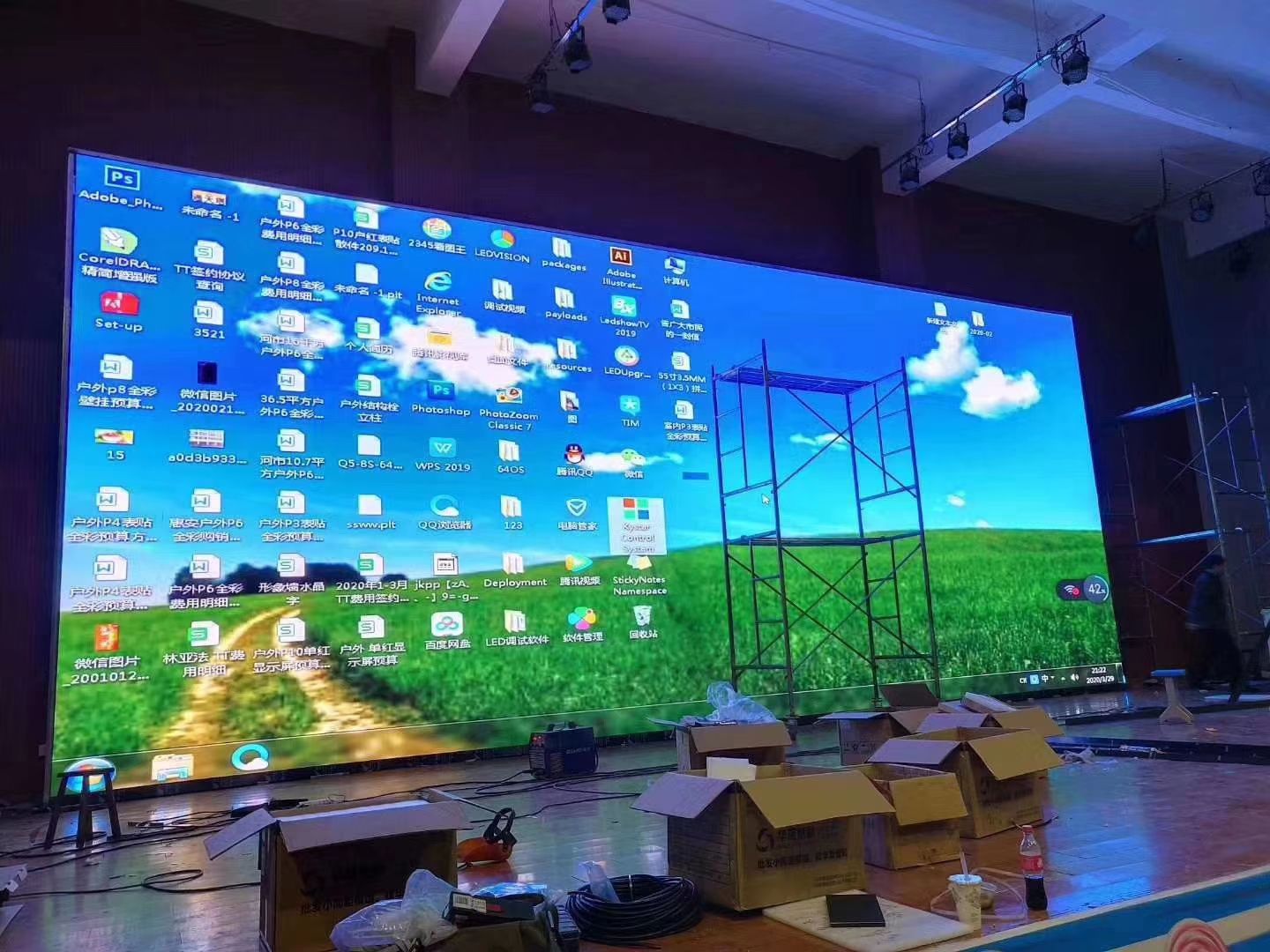A Comprehensive Comparison of Various LED Display Screen Technologies and The Applications
LED display screens are increasingly popular across different environments, including music events, sports events, and corporate presentations. These big screens consist of composed of numerous individual Light Emitting Diode panels that work together to create a single cohesive image. There are different types of LED video wall technologies available, each with its own features and benefits. Understanding these technologies can help companies as well as entities select the right solution for their particular requirements.
A common type of LED display wall technology is the directly viewed Light Emitting Diode. This solution utilizes individual LED units which are placed near in proximity to form a large display. Directly viewed LED screens are recognized for their high brightness and lively hues, making them ideal for external activities or well-lit illuminated environments. They also have a wide sight perspective, which means that viewers can view the screen clearly from various locations. This makes directly viewed Light Emitting Diode walls a popular option for sports arenas as well as outdoor festivals.
A different kind of Light Emitting Diode video screen technology is the LED illuminated Liquid Crystal Display. Such technology combines conventional Liquid Crystal Display displays with LED backlighting for improved luminosity as well as color accuracy. LED illuminated Liquid Crystal Displays are often used in interior environments, such as shopping malls as well as meeting spaces. These displays provide excellent image quality while are typically more cost-effective than direct view Light Emitting Diode screens. Nonetheless, they may often perform as well in bright environments, as the illumination can occasionally dull the hues.
A third option is the Organic Light Emitting Diode display screen. Organic Light Emitting Diode solution offers superior contrast and color depth compared to other kinds of screens. Every dot in an OLED screen emits its own light, allowing for genuine dark tones as well as lively hues. Such renders Organic Light Emitting Diode video screens especially attractive for uses which demand premium images, including gallery exhibitions and luxury shopping outlets. Nonetheless, OLED solution can be costlier costly while may often be as luminous as directly viewed Light Emitting Diode screens, rendering it not appropriate for external applications.
Along with the aforementioned technologies, there are also multiple uses for LED video screens. These displays can be used for advertising, entertainment, as well as information display. For instance, companies often use Light Emitting Diode display screens for digital signage to draw in clients and promote goods. Within entertainment, they enhance the sight experience at concerts and events, offering dynamic backgrounds as well as captivating visuals. In corporate environments, Light Emitting Diode video screens can be utilized for presentations, video meetings, as well as training sessions, aiding to convey information through a aesthetically appealing manner.
To summarize, LED video screens come in different types, each with its unique benefits and uses. Directly viewed LED screens are ideal for outdoor applications, whereas LED-backlit Liquid Crystal Displays are more appropriate for indoor settings. Organic Light Emitting Diode video screens offer exceptional image clarity yet may come at a greater price. Understanding the differences differences discover here can help entities make knowledgeable choices about which kind of LED display screen best satisfies their needs, whether for promotion, amusement, or business use.